The year 2020 is one that will go down in history. It has proven itself to be “the shambolic year.”
If you’re not familiar with that word, I just encountered it myself. It means, “Chaotic, disorganized or mismanaged.” Even leaving the part about whether or not it has been mismanaged aside for now, it has clearly been chaotic and disorganized; and we’re not even halfway through the year yet.
From a survival point of view, so far we’ve been hit with a pandemic, food shortages, being taken to the brink of a financial collapse, and now, social unrest and rioting. While none of these problems have been so severe as they could have been and none have put us in extreme danger, each of them could have. All of them are things that are normally looked at as serious events within the realm of preparedness and survival.
This series of disasters or near-disasters has brought up a very valid concern. We all tend to look at disasters as stand-alone events, where they come after us one at a time, with nothing else interfering. As such, we can deal with the various problems caused by that particular disaster. While there may often be some overlap from one problem to another, such as a financial collapse causing social unrest and violence, by and large, we look at these problems as separate events.
But as we’ve all seen over the last few months, the real world isn’t that polite and organized. It’s even become a joke, with memes showing up online, asking if it is still Coronavirus season or is it now riot season so that the person asking the question will know whether to take their mask or their rifle with them to work.
What’s to say they shouldn’t take both?
I know, that destroys the joke. But the meme clearly illustrates the confusion that’s going on in our country today. It’s just about reached the point of becoming difficult to know exactly what the disaster de jour is. What we were mostly concerned about yesterday isn’t the problem that we’re facing today. At least, it isn’t if you pay attention to what the media says.
This is dangerous. We all depend on the media for information, to one extent or another. But as the media has shown us, time and time again, their attention span is incredibly short. That’s especially true in this “never Trump” era, where they are suffering from TDS. If they can’t make it into a story to attack the president in some way, it’s as if they aren’t interested in it at all. Basically, if it isn’t the outrage of the week, they’re just not interested.
We’ve seen this time and time again, but now we’re seeing it in a new and dangerous light. Days before George Floyd’s tragic murder, the mainstream media was fixated on how dangerous it was for churches to reopen, ignoring public safety. But once the protests started, it was apparently no longer dangerous to ignore the need to wear masks and practice social distancing. As many others have pointed out, protesting obviously makes one immune to the ‘Rona.
Concurrent Disasters do Happen
As we’ve all seen, concurrent disasters can and do happen. Just because a new one comes along, doesn’t mean that we can forget about the old one, as the media does. Rather, it means that we now have to manage more than one problem at a time. So just how do we do that?
In order to figure out how to deal with this, let’s start with a simpler example than the problems we’re facing now. A problem which combat medics are trained to deal with, each and every day they are deployed. That is, dealing with a wounded soldier in a hot zone.
The normal rule of thumb with anyone who is wounded is to control the bleeding. Depending on the injury, a person can bleed out, or at least bleed out enough to cause irreversible damage, in minutes. So it makes sense to stop bleeding before going on to anything else. But if the patient that the medic is working on isn’t breathing, that takes higher priority. So, even though they might slap a compress on the wound or even put on a combat tourniquet, they’ll get to working on the airway and getting that soldier breathing as quickly as possible.
But even while getting that patient breathing is the highest possible medical priority that medic might encounter in treating that patient, that may not be the highest priority they have to deal with. If someone is shooting at their patient or at them, while treating that patient, they may have to defend that patient’s life, before they can save it, especially if they don’t have adequate infantry support.
So here we have three different emergency priorities that the medic has to balance:
- Protect the patient’s life
- Get the patient breathing
- Control the bleeding
Everything else comes after that; and there’s plenty of other “after that” for the medic to deal with. But if they can’t take care of those three things, then none of the rest of it will matter. How quickly they deal with those other things may depend on a variety of factors, such as how quickly medieval comes in, whether there are other casualties to deal with, and whether they are under fire. In some circumstances, they may not get to deal with the “after that,” because of having to care for other casualties.
It all boils down to priorities and the priorities boil down to saving a life. Just like that combat medic, you and I need to prioritize our efforts on those things which will save lives, especially those of ourselves and our families.
We’re used to thinking of this in a wilderness survival situation, where we are taught that we need to stop traveling two hours before sundown so that we can gather fuel, start a fire and set up a shelter for the night. Why those things? Because they are necessary to complete our number one survival priority, that of maintaining our body’s core temperature.
But how about the current situation?
How do we apply this to the risk of COVID-19, as opposed to the risk of violent rioting?
Clearly we have to be prepared to protect ourselves from both. The risk of catching the disease hasn’t been diminished in any way by the more recent problems. All that’s happened is that another danger has been added on top of it. We need to be prepared to deal with both.
But if push comes to shove, the riots are a bigger risk to those who get in their way, than COVID is. While only a very small percentage of people are attacked and beaten in the rioting, in the cases that people are, the results are serious; they are either killed or seriously injured.
On the other hand, the chances of catching the Coronavirus are clearly higher than that of being beaten during a riot, unless you are a business owner trying to protect your business. The revised RO rate out of the CDC is much lower than it was before. So is the mortality rate, bringing COVID-19 almost down to the level of the flu. While it might still kill you, it probably won’t, unless you have underlying health problems. Even then, it will take it a few weeks to put you under.
See the difference? What makes the riots a greater risk is the chance of dying and how soon death would occur. This is the standard we must apply, whenever we’re looking at multiple risks. We have to focus on the thing that has the greatest chances of killing us, dealing with that thing first.
This isn’t to say that we should totally ignore other risks. By no means. It means we allow the greatest risk to become the framework that we use in determining our reaction plan. Everything else then gets fitted into it, in such a way as to ensure that every risk is covered, as reasonably well as possible.
In other words, take your rifle to protect yourself with, but make sure you wear a mask as well.
Actually, better than taking your rifle is to avoid the areas where demonstrators are likely to gather and riots are likely to occur. If you happen to be somewhere and a crowd starts gathering, then make sure you get out of there. I don’t care how many rounds you carry, taking on an angry mob by yourself is a sure recipe for disaster, and it’s one where you’re the main dish.
Going forward, we all need to reevaluate our disaster planning, from the viewpoint of seeing if we are truly ready to deal with multiple disasters at one time. As part of that, we need to have a good enough understanding of the various survival requirements of each of the various scenarios we might face. That’s needed, in order to create an integrated list of everything you have to do, in the combined situation.
Of course, that’s going to be something you can’t really do in advance; because there’s no real way of knowing what combination of disasters any of us are going to face. However, it’s not something any of us can afford to ignore, especially at the point of time when that second or third disaster shows up. It is at that time, we need to evaluate how the two disaster scenarios fit together so that we can ensure that we don’t miss an important element of protecting ourselves.
That’s the risk we all face right now. We have yet to see if the masses of people out demonstrating and rioting are going to cause an uptick in the number of COVID-19 cases. It will be two weeks before we know that. If the disease is as deadly as the mainstream media was preaching as recently as last week, a lot of those protesters are going to soon be sick. We’ll just have to wait and see.
In the meantime, it only makes sense for us to prepare for a second wave of the virus, while we do everything we can to ensure that we don’t get caught in the midst of any riots.


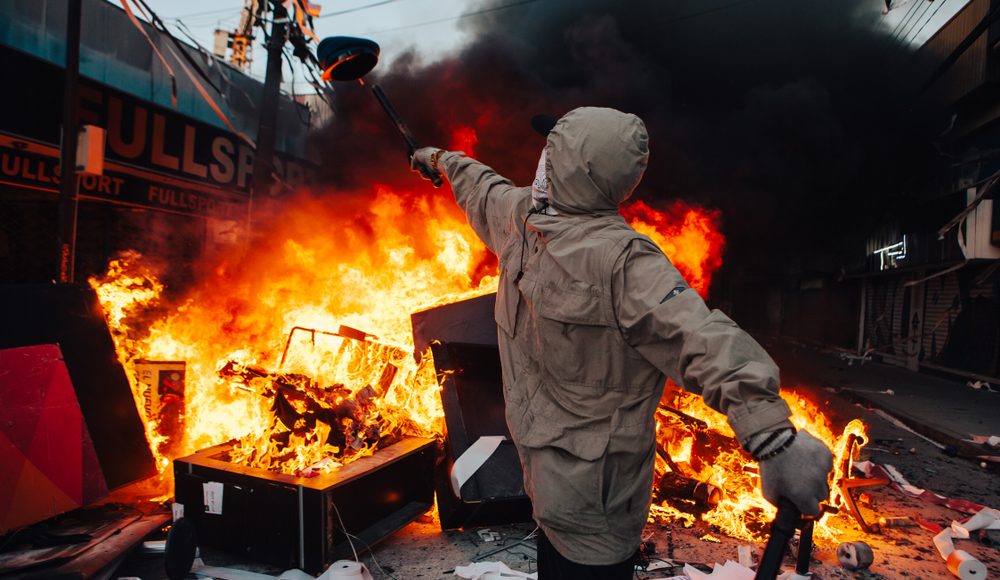

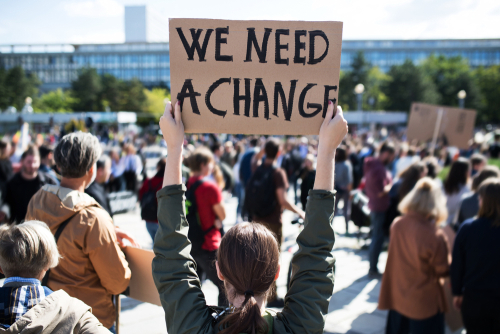
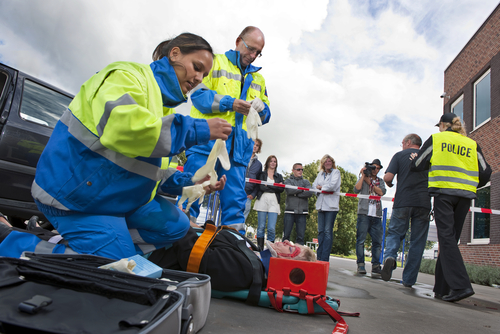
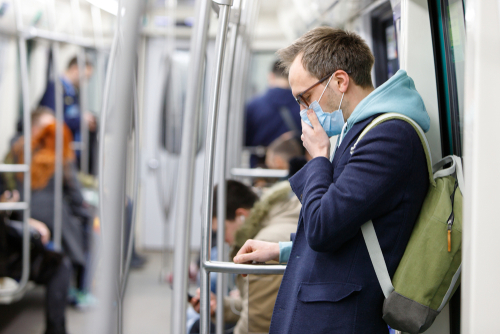

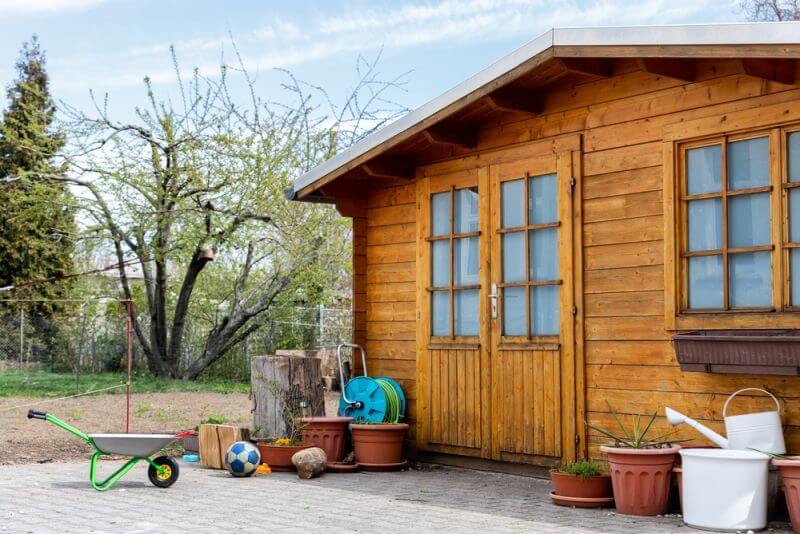
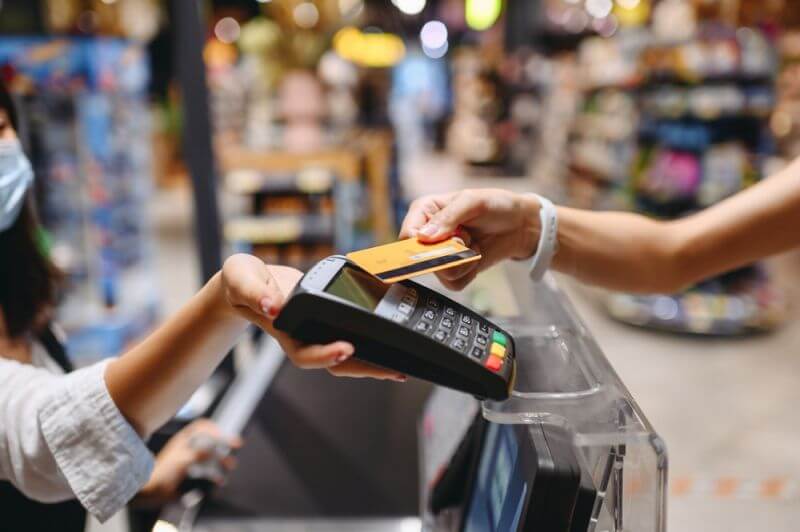
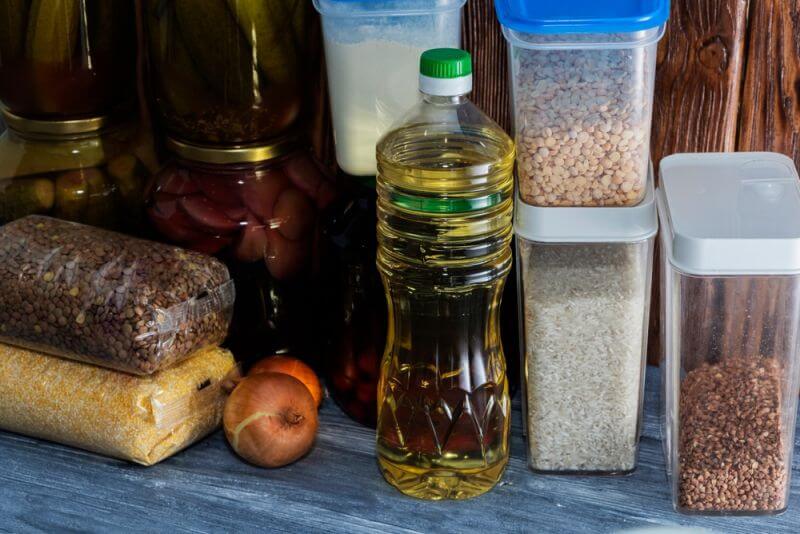
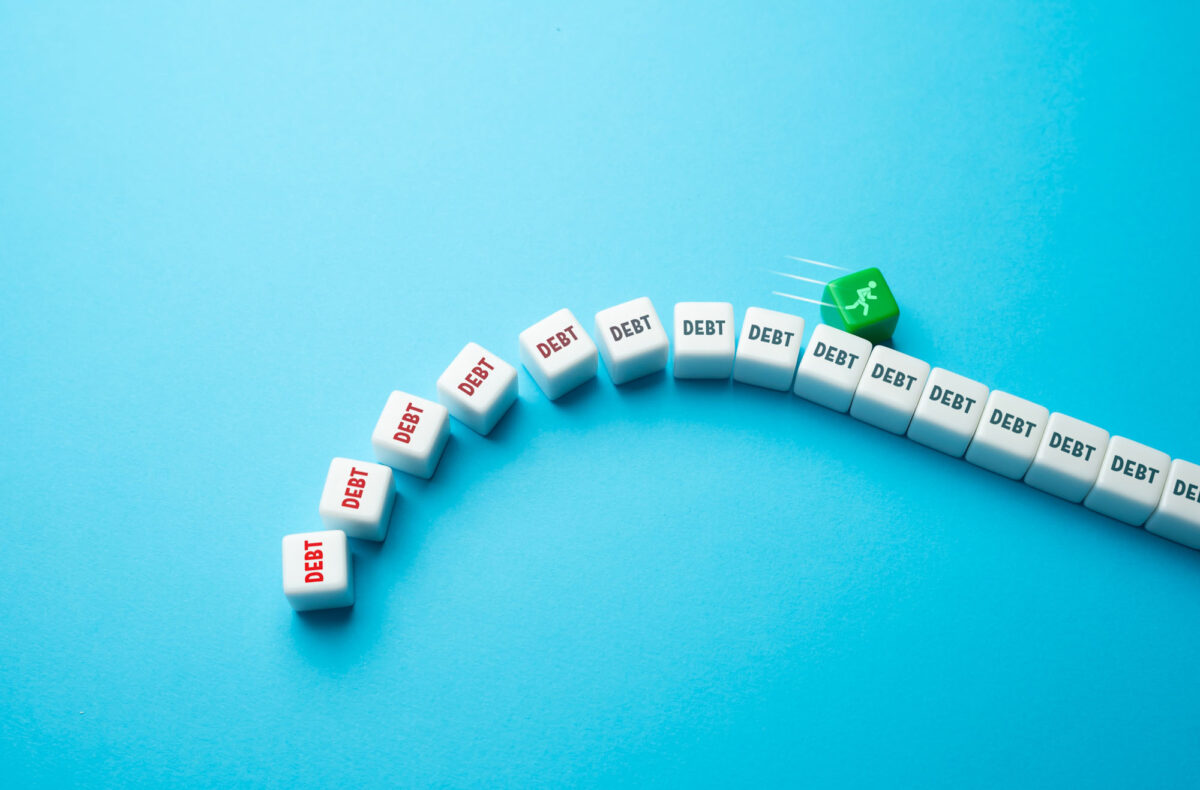

Billy Wilson | June 9, 2020
|
.people need to learn about your training in survival but most live hand to mouth can not afford to pay for books or inter net books.
Illini Warrior | June 10, 2020
|
I’ve been saying this exact thing for years in response to preppers saying OK to sharing their “extra” prepped supplies – what looks like a determined SHTF termination date of 3 months is suddenly 9 months or longer because of tangent related SHTFs occurring ….